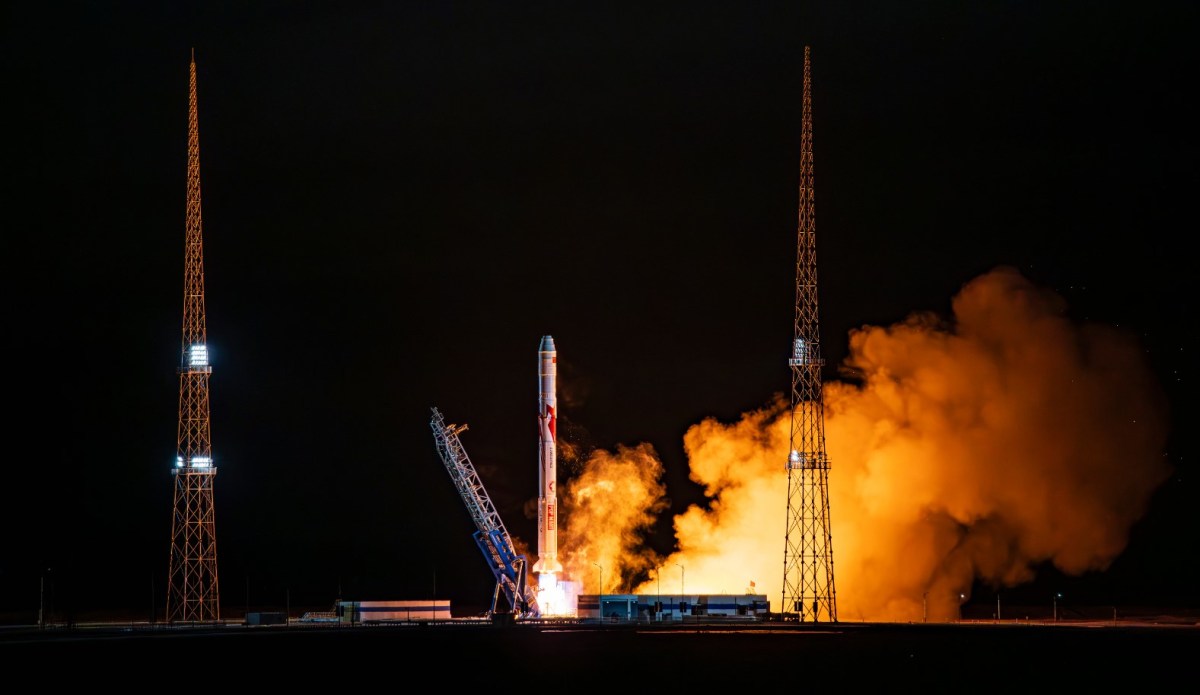HELSINKI — A Chinese firm linked to commercial rocket maker Landspace has filed a notification with the ITU for a constellation comprising 10,000 satellites.
Shanghai Lanjian Hongqing Technology Company, also known as Hongqing Technology, filed an Advance Publication Information (API) with the International Telecommunication Union (ITU) May 24.
The filing outlines plans for a constellation named Honghu-3. It is to total 10,000 satellites across 160 orbital planes.
The API filing notifies the ITU and member states about its intention to launch a satellite network or system. Others can then review the proposed satellite network to assess any potential interference with their existing or planned satellite systems.
The Honghu constellation plan appears to be the third 10,000-plus satellite megaconstellation planned by Chinese entities. It follows the national Guowang plan and the Shanghai-backed G60 Starlink proposal, both of which have been approved by China’s National Development and Reform Commission (NDRC). First batches of satellites for the pair are expected to launch in the coming months.
The development will likely renew concerns over crowding, collisions and debris in low Earth orbit. Presently, SpaceX’s Starlink is the largest operational constellation with over 5,000 operational satellites and plans for up to 42,000 spacecraft in orbit.
Honghu constellation background
Hongqing Technology, founded in 2017, has Beijing-based Landspace holding a 48% stake. The Shanghai-based company was initially recognized for developing Hall thruster propulsion technology. The company is building a satellite manufacturing facility in Wuxi City, Jiangsu province, close to Shanghai. The funding source for Hongqing Technology’s plans was unclear at time of publishing.
The company’s Jinwu-200 (JW-200) krypton propellant Hall effect thruster was tested on the Honghu-2 satellite launched by a Landspace Zhuque-2 rocket in December last year. The satellite was developed jointly with small satellite maker Spacety.
Hongqing Technology is based in Shanghai’s Songjiang District and is involved in plans to develop satellite Internet in the area, where G60 Starlink is also located. G60 Starlink has submitted separate filings for its constellation plans.
The developments are linked to Shanghai’s action plan to foster a commercial space ecosystem. This is likewise part of China’s national strategy to build a world-leading satellite Internet system and comprehensive space power.
China has previously announced a national plan for a space-ground integrated information network, or SGIIN. This seeks to create an integrated system which combines communications, remote sensing, navigation, weather and other satellite capabilities.
Landspace meanwhile is developing a stainless steel, reusable methane-liquid oxygen launcher named Zhuque-3. The 4.5-meter-diameter rocket is to be capable of carrying 21,000 kilograms to low Earth orbit when expendable. It is slated for a first launch in 2025. The company has already conducted first vertical takeoff, vertical landing (VTVL) hop tests.
Landspace, like fellow commercial Chinese rocket startups Space Pioneer, Galactic Energy, iSpace and others, plan to launch satellites for China’s planned megaconstellations.
China is currently building a commercial spaceport near Wenchang to help ease a bottleneck in access to launch pads. This will be required to allow China to boost its launch rate to build its megaconstellations.
